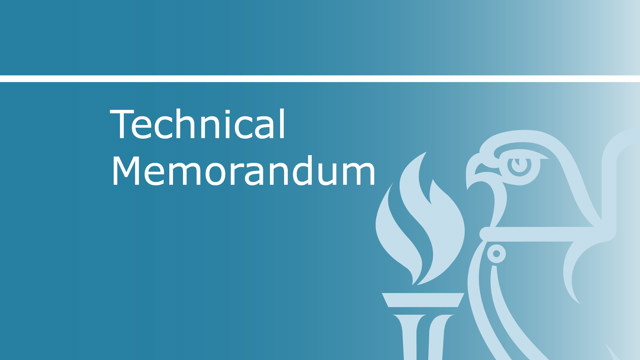
Infiltration and air leakage is the uncontrolled movement of air through a building envelope or component due to the porosity of building fabric materials, interfaces between materials and components and imperfections in the construction of the building. Infiltration refers to natural conditions, while air leakage refers to a air movement in a building due to a pressure differential.
This TM addresses the air leakage testing of both non-domestic buildings and dwellings. It describes the two main currently available test methods:
- fan pressurisation method (‘blower door’ test method), which has been used for over twenty years
- low-pressure pulse method (‘pulse’ method), which has been developed more recently.
When the first edition of this TM (CIBSE, 2000) was published, there was one recognised test method, and a proposed European standard (prEN 13829). The publication of CIBSE TM23:2000 led to further developments in the UK, based on the CIBSE guidance, including by the Air Tightness Testing and Measurement Association (ATTMA).
There is now one internationally adopted standard for air leakage testing using fan pressurisation of a building, which is BS EN ISO 9972:2015: Thermal performance of buildings. Determination of air permeability of buildings. Fan pressurization method (BSI, 2015). Alongside the ISO, a suite of standards has been developed by ATTMA (2021) that provides detailed advice for implementation in practice, and which had until now been referenced in the Building Regulations for England and Wales.
As the low pressure pulse (LPP) method is a relatively new technique, there is currently no existing national or international standard covering the method and associated calibration requirements, although such standards may be developed in the future. In the meantime, this TM seeks to provide consistency on the method and information reported.
This TM intends to provide the overarching methodology principles and framework for regulatory compliance purposes:
- It provides an overview of both methods, with a summary of the available body of evidence.
- It then provides guidance on how to measure the air leakage rate of a building. The guidance in this TM is based on ISO 9972:2015 with regards to building preparation for both methods, and with regards to the application of the fan pressurisation method. It differs from the ISO on a small number of points, which are highlighted in this TM where relevant. In some cases, these differences provide more flexibility than in the ISO due to availability of equipment; in others, they sit within the options allowed by the ISO, but adopt the best practice recommendation while the ISO leaves more flexibility.
- It then provides guidance on how to report on the results, including how to compare the results from both methods.
- Finally, brief guidance is also provided on how to identify sources of air leakage, during or following a test.
It is expected that complementary resources will be developed by CIBSE and others on the detailed implementation of this TM.
Guidance on how to design and build to minimise air leakage is beyond the scope of this TM, which focuses on testing itself.
Note also that decisions on the Competent Persons Scheme are outside the role of CIBSE.
Table of Contents
1 Introduction
1.1 Why measure air leakage?
1.2 Aim of this TM within the standards and regulatory framework
2 Definitions
2.1 Air leakage terminology
2.2 Building dimensions
3 Overview of air leakage testing methods
3.1 Fan pressurisation method
3.2 Low-pressure pulse (LPP) method
3.3 Tracer gas methods
4 Applying the test methods
4.1 Test conditions
4.2 Preparation
4.3 Fan pressurisation method
4.4 Low-pressure pulse method (LPP)
5 Test results
5.1 Air change rate and air permeability
5.2 Relating air leakage at 4 Pa and 50 Pa
5.3 Relating air leakage test results to infiltration
6 Reporting
6.1 Test report: option 1
6.2 Test report: option 2 (Competent Persons Scheme members)
7 Further air leakage diagnostics
7.1 Location of air leakage
7.2 Component air leakage
Author: Julie Godefroy (CIBSE)
Contributors: John Henderson (BRE), Chris Knights (BSRIA), Luke Smith (Build Test Solutions), Jez Wingfield (University College London)